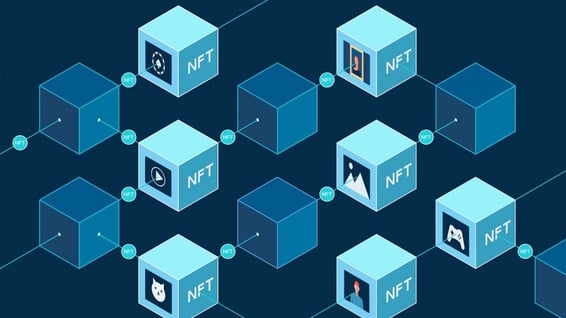3️⃣ Web 3.0: Design Smart Contracts
🔹 What is this step about?
Smart contracts are the backbone of Web3 applications. They are self-executing programs that run on a blockchain, ensuring trustless automation.
🔹 Key Considerations in Smart Contract Design
Security First – Prevent vulnerabilities (e.g., reentrancy attacks).
Efficiency – Optimize gas fees by writing efficient code.
Upgradability – Some smart contracts can be updated, others cannot.
Interoperability – Can it interact with other blockchains or protocols?






🔹 Languages Used for Smart Contracts
Solidity – Ethereum & compatible chains.
Rust – Used in Solana & Polkadot.
Vyper – A more secure alternative to Solidity.
🔹 Why does this matter?
Smart contracts automate transactions and remove middlemen, but they are permanent and vulnerable to hacks if coded poorly.
🔹 Common Smart Contract Features
🪙 Token Creation (ERC-20, ERC-721, ERC-1155).
🔄 Staking & Rewards (Yield farming, liquidity pools).
💰 Crowdfunding (DAOs, ICOs, IDOs).
🛡️ Governance Mechanisms (Decentralized voting).
🎮 Play-to-Earn Logic (NFT-based in-game economies).





🔹 Security Best Practices
Use OpenZeppelin for tested smart contract templates.
Implement multisig wallets for admin control.
Audit contracts with firms like CertiK, ConsenSys Diligence, or OpenZeppelin.
Run automated tests with Hardhat, Truffle, or Foundry.
✅ Final Thought:
The biggest risk in Web3 is poorly written smart contracts—ensure security, efficiency, and scalability before deployment.
